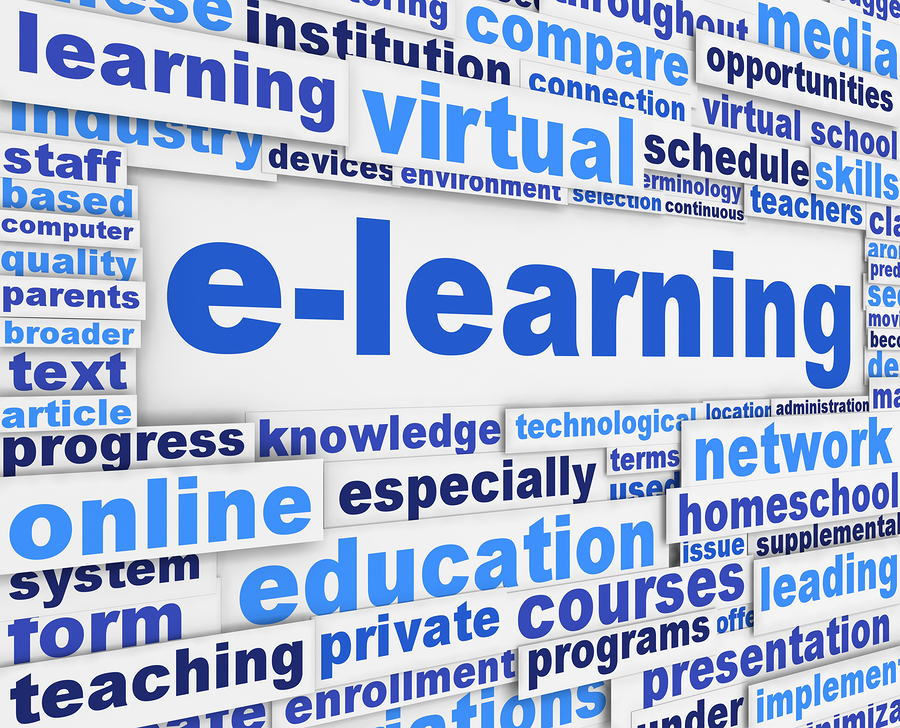Hello blogosphere! I am back with a few more things to say
surrounding all beautiful things math.
My first topic of discussion is e-learning and mathematics. The shift
towards blended classrooms, flipped classrooms and online courses are most the
most predominant trends in teaching math. With that being said, there still
many people including teachers that question the delivery of course content and
student success rates from online math courses. As a student I have personally
not experienced an online math class however there have been a few variations I
have encountered as a university student and as an educator. In university some
intro calculus classes for programs other than math and science were offered
online. In these courses students were taking online quizzes, listening to
online podcast lectures and submitting assignments online. This course was run
through the university’s main online portal “Avenue To Learn” however the
course was only partially online as there was a traditional in-class portion
each week. This format also required students to write all tests, mid-terms and
exams in person on campus. This course was clearly more of a blended approach and
since the students enrolled in the course most likely did not have a strong
math background they found they should still include a traditional in class
portion. Looking at the high school level I have experienced multiple fully
online courses using the online hub “Desire to Learn”. These courses especially
during the summer are always full and the subject areas offered are usually
English, History, Geography, and some of the upper year social science courses.
I have yet to see a Mathematics course offered online and there are a few
reasons I can see why.
First, just like the university students, high school
students may require individualized attention and assistance that is best provided
in person rather than through a screen. I think in using this portal makes it
difficult as a teacher to really get to know your learners and to understand
where they are struggling. This places a lot of responsibility on the student
to advocate for their learning and make sure they send emails to their teacher
and pose questions within class forums. Some arguments have been made from
students and teachers that this online forum and others similar are difficult
to work with, confusing and overall not very user friendly. I believe this
comes down to the effort put in by the instructor. I have seen a history class
that was designed in an extremely organized fashion allowing students to follow
instructions that were very explicitly written. The site also incorporated
links to videos, webpages and other sources used to aid the lesson, all of
which were not difficult to locate later on and it did not put the students
through a maze to get back to the lesson they were working on. Again, this was
a mostly writing based course and the question remains as to whether even the most
organized and well planned sites can effectively educate students in a
mathematical sense. This brings me to my recent experience with Google Sites
and Webinars. I personally believe that in catering to all types of learners an
online mathematics course should include both an interactive face to face
component as well as individual study. Google Sites and Google classroom are
excellent bases for math classrooms. A teacher is able to engage students with
visuals, maps videos, provide links to games, blogs, and other helpful or
interesting math links. I know you can do most of this on the other portals but
having the information on a website you may be more likely to get students to
participate in readings and additional learning activities instead of looking
for what it due for the week. Using this method I think including webinars can
be a solution to connecting to your students and understanding their fears,
struggles and goals in the class. For example you can provide the link to
webinar session to be hosted once a week and students can join in to ask
questions, discuss their learning and possibly working on their problem solving
skills together as a group. As new programs continue to be created and
curriculum is developed there are endless possibilities for online learning, yes
even in math as long as there are dedicated teachers, committed learners and an
open mind.
| https://qph.ec.quoracdn.net/main-qimg-db1bf4e3b3806096cfe1e2d853a10e3d |
 |
https://www.engineering.com/Portals/0/BlogFiles/swasserman/bigstock-E-learning-slogan-poster-desig-35724818.jpg |
No comments:
Post a Comment